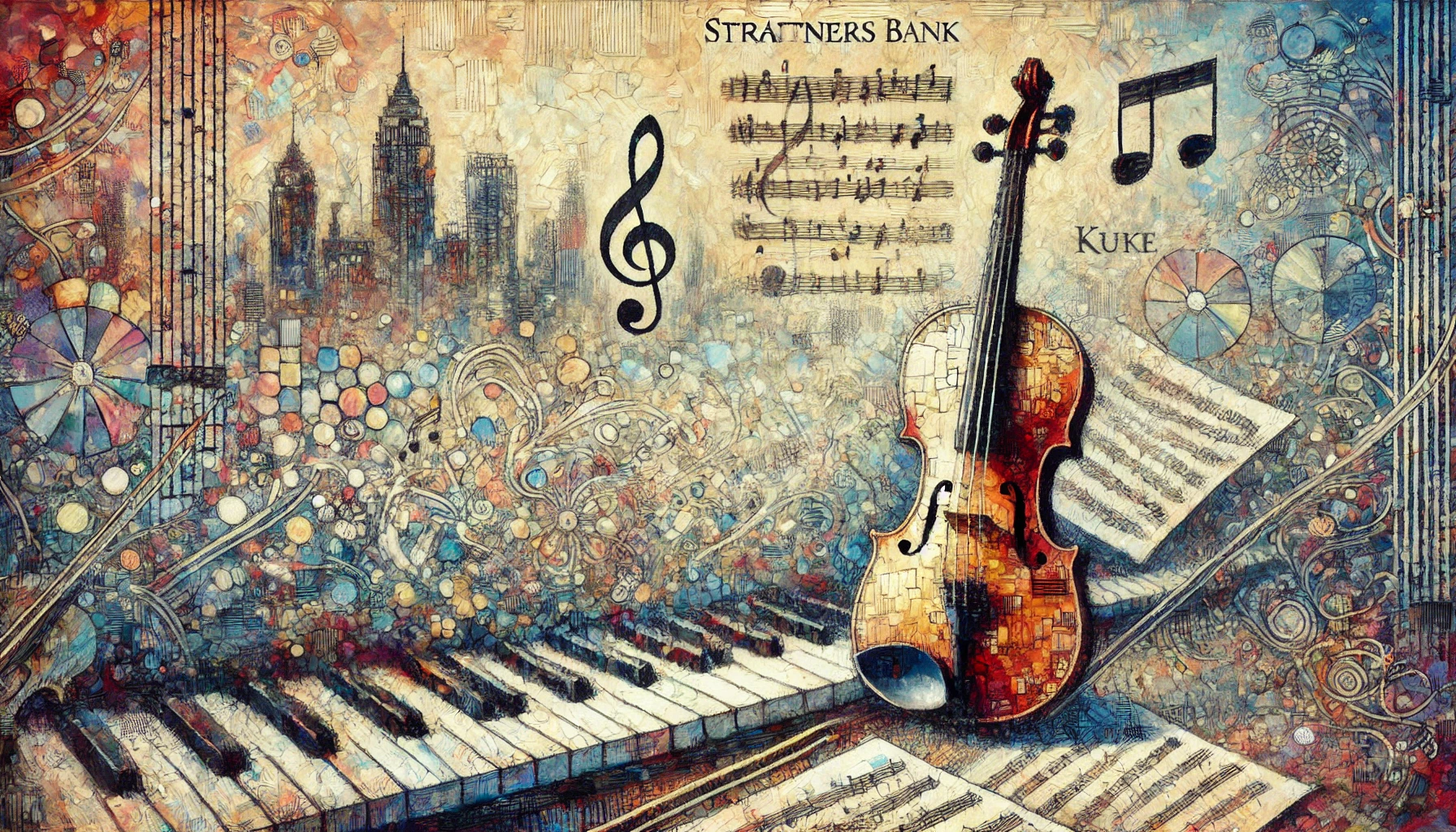Published by By Jon Stojan – Originally published by Khaleej Times
Hailing from a family that boasts a four-century-old lineage steeped in the arts, Strattner’s banking endeavor showcases a unique juxtaposition of art and finance.
Strattner’s legacy dates back to Georg Christoph Strattner, a notable Tenorist and Kanzlist in 1600s Weimar, Germany, and Christoph Strattner, a key player in the Frankenburger dice game. Fast forward to the present day, and Timo Bernd Strattner is continuing the family’s enduring connection to creativity, this time through a different lens: high finance.
At first glance, art and finance may seem disparate worlds apart. Still, Strattner’s integration of his family’s rich artistic heritage into his approach to finance embodies the ideal fusion of creativity and pragmatic foresight, carving out a distinctive niche within the banking industry.
Undeterred by skeptics who question the combination of an artistic background with financial acumen, Strattner forges ahead with determination. With a track record of impressive accomplishments within capital markets, he is poised to navigate the complex financial landscape, ushering in a wave of innovation and relevance.
A key accomplishment in his portfolio is the Strattner Alternative Credit Fund LP, an initiative managed exclusively by his family office. This fund is a testament to its unique approach, committing significant capital to publicly traded companies and garnering widespread recognition for its innovative investment strategies.
In an act of ambition and resilience, Strattner registered his bank, asserting his independence in the financial sphere. Strattners Bank is more than an institution; it is a testament to a heritage cultivated over centuries, mixed with a contemporary drive for financial innovation. The Bank encapsulates Strattner’s unwavering commitment to providing personalized, sustainable solutions to his clients while upholding the values rooted in his family’s legacy.
This venture is not merely about financial transactions but about relationships, trust, and carving a unique path in an ever-evolving financial landscape. Strattner’s vision for the bank is to cultivate an environment that prioritizes clients’ needs while implementing strategies that reflect their cultural and individual contexts.
Strattner anticipates the changing tide in finance, where heirs of family fortunes will increasingly step into active management roles. His creation of a family office and a registered bank shows a determination to shape the future of financial services, proving relevancy to his clients and asserting his authority in the field.
Indeed, Strattner’s commitment extends beyond financial services, as he actively engages in initiatives that promote the arts, culture, and creativity. This holistic approach creates an impact that extends beyond transactions and helps to preserve the family traditions that have shaped his values.
Strattner’s journey, from his family’s four-century-old artistic lineage to becoming a prominent figure in finance, is a testament to the transformative power of preserving one’s cultural legacy while challenging established norms. Establishing his family office and Strattners Bank underscores his commitment to delivering genuine value and lasting impact.
This compelling narrative demonstrates that success is achievable through the harmonious blend of tradition, passion, and innovation. Strattner is an inspiring figure who shows us that one can indelibly imprint both the artistic and financial realms. Strattners Bank is a living testament to the artistic legacy that now sculpts the future of finance. It is about continuing a heritage and crafting a fresh perspective, where art and finance exist not as two separate entities but as intertwined threads of the same fabric.





